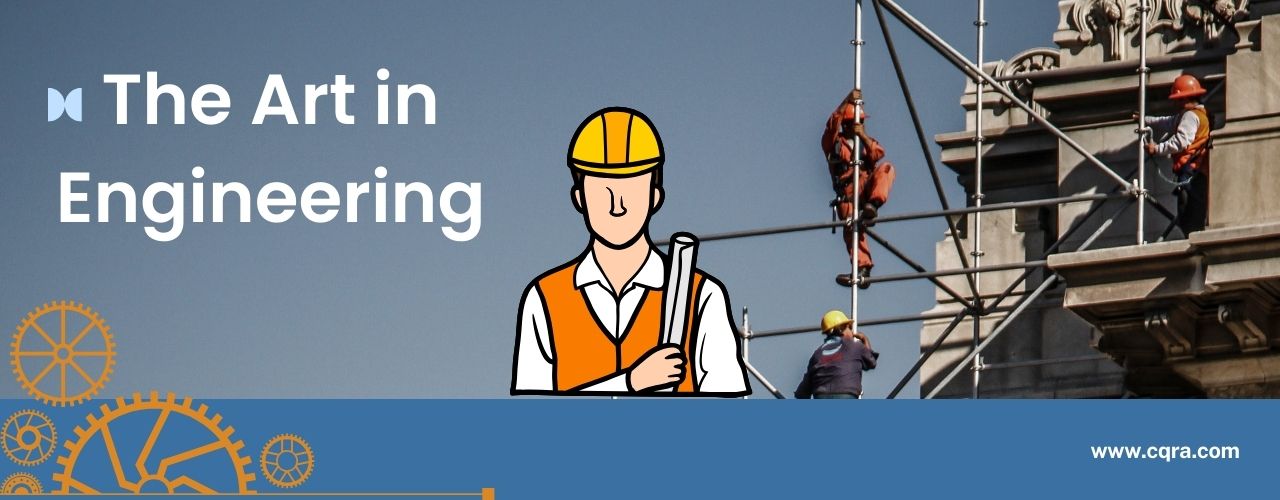Value Engineering is about getting the most out of every buck spent on the project. So saving money while increasing the value of money spent is the concept at work here.
- For a certain redevelopment project, river sand was unavailable due to a government ban on sand mining for environmental reasons. Crushed sand of the demolished structure was used instead of river sand leading to cost saving of 3.09% per cubic meter of concrete.

- In a case of bridge construction, the structure had been designed to have a pile foundation that was 23 meters deep. However this was not possible due to hard rock strata that was found after shallow excavation. Here the engineer suggested that the hard strata could be used as a foundation base for the bridge, resulting in cost and resource saving.
- In a bungalow project that was originally designed to be a stone building, the stone masonry was replaced with reconstituted stone cladding. This was found to be a more cost-effective option than a natural stone that did not compromise the overall function of the building.
- Also, opting for sustainable materials that have a longer lifespan or are more energy-efficient can help to reduce operational costs over time and contribute to a reduction in carbon emissions.
All of these are examples of Value Engineering where change in materials and methods with more efficient alternatives without compromising on the function. Quantity surveyors play an important role in evaluating the lifecycle costs of a product to ensure that the most cost-effective and sustainable solution is chosen.

What is Value Engineering?
- Here is where managers use the Art of Value Engineering which is essentially a methodology for optimizing the design and construction of a project while achieving cost savings and better quality.
- Value Engineering minimizes redundant functions where multiple functions are being performed, thereby optimizing costs. Value Analysis is also used to manage value and improve the design.
Cost, time taken and the quality of the workmanship are the three important aspects in a construction project. Every project management team aims to achieve the balance between cost, time and quality without compromising anywhere, especially where costs are concerned.
How does Value Engineering Enhance Quantity Surveying?

- Quantity Surveying deals with analyzing quantity of goods, cost of construction, using better material alternatives, cost recovery, benefits and risk analysis and project life cycle calculations.
- The main purpose of a Quantity Survey is the systematic and efficient use of materials, labor, and money. That is how the Quantity Surveyor is one of the key persons of a construction project.
- They employ the idea of Value Engineering by providing correct project estimations of various functions. Value engineering in Quantity Surveying is one of the key to reducing the cost of the project and increasing its value or functionality.
Stepwise Approach for Implementing Value Engineering in Quantity Surveying
- The first step in Value Engineering is understanding of the project goals, objectives, constraints, and risks. It also involves gathering input from key stakeholders to define the scenario and value criteria.

- The second step in the process is to identify possible solutions. The objective is to generate a large number of ideas and potential solutions. It is important to involve professional surveyors in this process, both to provide insights and to help estimate costs.
- In this stage, solutions need to be assessed against the previously established value criteria. Surveyors have a key role in this process, by providing reliable estimations of the costs of the various solutions. Solutions that are not feasible should be eliminated.
- This step involves a detailed analysis of all aspects of the shortlisted solutions, including cost-benefit assessments, technical feasibility, environmental sustainability, budget constraints, and other project considerations. Here surveyors play a critical role in providing accurate estimates for costs as well as providing input on the feasibility of the proposed solutions.
- Once the detailed analysis of the shortlisted solutions has been completed, the next step is to identify the best solution and make recommendations. The surveyors will play an important role in estimating the costs of the solutions and providing the necessary evidence.
Source – Royal Institution of Chartered Surveyors

